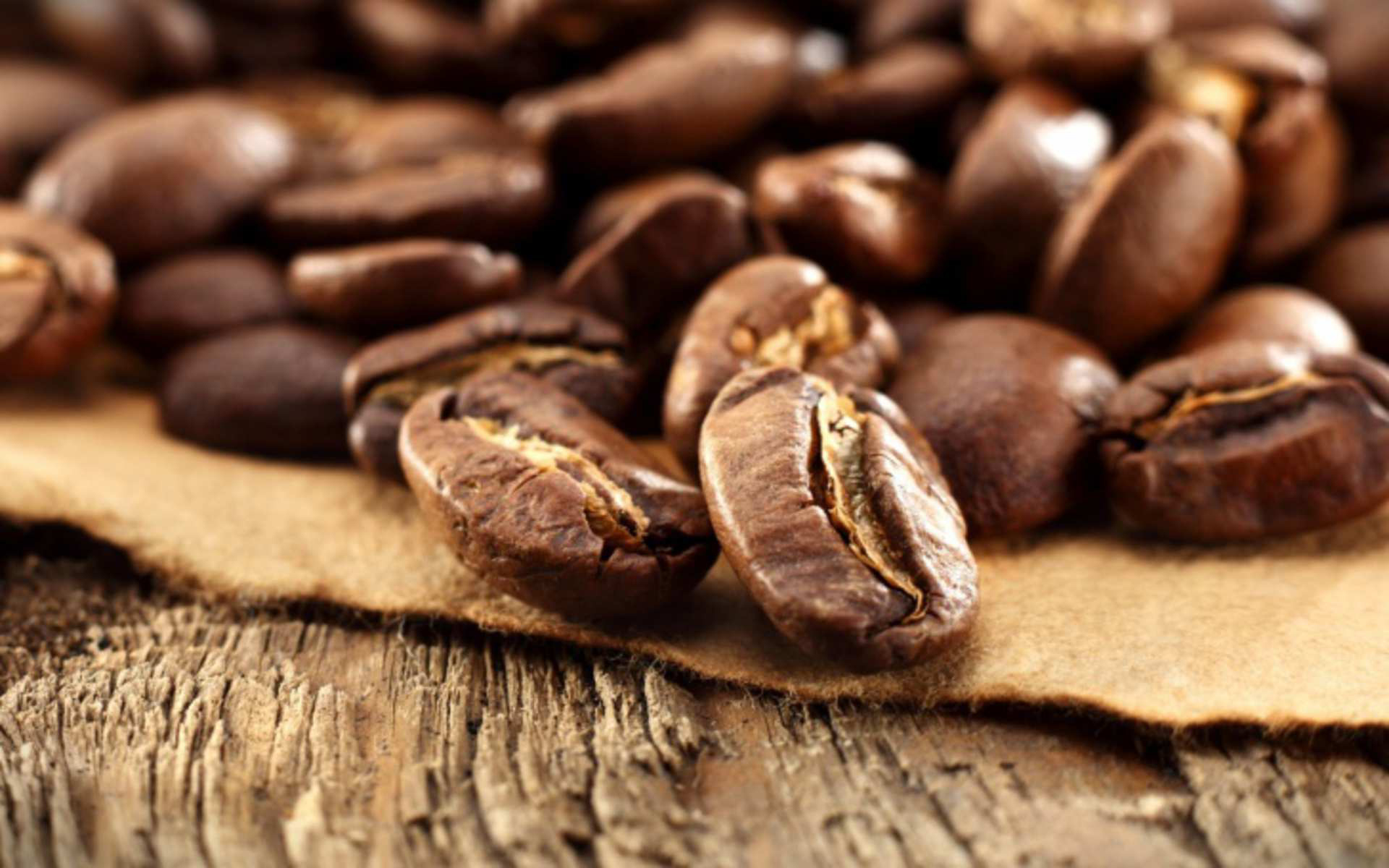Benefit
- Useful source of fibre
- Drawbacks
- High in saturated fat
- High in calories
Coconut oil, used in confectionery and margarine, is one of
only two plants oils in common use that are high in saturated fat (the other is
palm oil). Although the oil does not contain cholesterol, the consumption of
coconut oil still raises cholesterol level in blood which in turn increase the
risk of a heart attack. Coconut oil also lacks most of the nutrients that other
nut and vegetable oils contain. The coconut’s flesh contains 351 calories per
100g more than three quarters of which come from saturated fat. The flesh
contain plenty of dietary fibre, but is a relatively poor source of vitamin E
and the minerals which most nuts are provide. Even though it is high in saturated
fat, it is easy digestible, and it can be useful for people suffering from
digestive disorder who have difficulty absorbing most other dietary fats.
Coconut can be eaten fresh, or it can be shredded and dried
for use in desserts, ice creams and processed food. It is best known in British
kitchen in its desiccated form, which has a slightly lower saturated fat content.
Coconut milk, the sweet tasting white fluid contained in the
heart of the coconut, can be served as a drink, or used as a marinade. A cup of
coconut milk contains only about 57
calories and about 12g of carbohydrate. The protein content in the of fresh
coconut milk is low 0.7g per cup and there is less than 0.5g of saturated fat. The
coconut milk sold in supermarkets is seldom the fresh from. It is usually produced
by squeezing liquid from a mixture of grated coconut flesh and water. Its
calorific and nutritional value is lower than fresh coconut milk.
Coconut cream – a rich,
fatty mixture made from coconut flesh and milk- is often used in oriental
curries.
Coffee

- Mild laxative and diuretic
- Stimulates alertness
- Can keep you awake when needed
Drawbacks
A high intake of brewed or percolated coffee is linked to an
increasing risk of heart disease
Coffee that has been brewed may raise blood cholesterol
levels
Can cause migraine in susceptible individuals
In woman, an excessive intake may increase the risk of
osteoporosis in later life.
As well as being rich source of caffeine , coffee also
contains at least 300 other active ingredients, though only one of these –niacin-
has any nutritional value. Niacin is produced during the bean-roasting process
and one cup of coffee provides about 1mg of vitamin. But you would need to
drink about 15 cups to obtain the adult daily requirement of niacin from the
source. Any other nutritional value in the drink is derived from added milk and
sugar.
Zucchini

Benefits
Low in calories
Good source of beta carotene
Useful source of vitamin C and folate
Courgettes, a type of small young marrow, have tender edible
skins and this is where most of the nutrients are found. A 100g portion of
lightly boiled courgettes provides over a quarter of the vitamin C and a sixth
of the folate an adult needs each day,
while containing only 19 calories. ( The same amount shallow-fried provides around
63 calories) Courgettes also supply beta carotene which body converts to
vitamin A. Orangey-yellow courgette flowers can be served raw in salads or hot
stuffed with finely chopped vegetables.
Cranberries

Juice helps to fight bladder, kidney and urinary tract
infections
The juice of these scarlet berries has long been as a home
remedy for cystitis and other bladder, kidney and urinary- tract infections,
especially in native North America.
Initially, the scientific explanation for this was based on
the high acidity content of the cranberries. It was through that they raised
the acid levels of the urine, there by killing the bacteria responsible for the
research undertaken in Ohio, USA, suggests that cranberries contain a substance
that stops the infectious bacteria from clinging to the cells that line the
urinary tract and bladder, preventing them from multiplying. Farther research
undertaken by Israeli scientists comparing a variety of juices indicates that
the only other fruit to have the similar effect is the blueberry, a member of
the same botanical family.
Cucumber

Benefit
Low in calories
The cool, crisp cucumber belongs to the same family as
courgettes, pumpkins, watermelons and other squashes. It is one of the first
vegetable to be cultivated in the world, although it actually has little
nutritional value. Its most remarkable quality is an exceptionally high water
content- 96.4 per cent- which make it more refreshing and lowin calories It is
natural diuretic, but not particularly powerful one.
Although cucumber have long been valued as an ingredient in
skin care preparations there is no scientific proof that there extract is
beneficial to the skin or that slices placed over the eyes will have a reviving
effect.
Dates

Benefits
Useful source of vitamin
Rich in potassium
Gentle laxative
Drawbacks
May trigger migraines
Dried dates are high in sugar, which can cause tooth decay and
gum disease.















